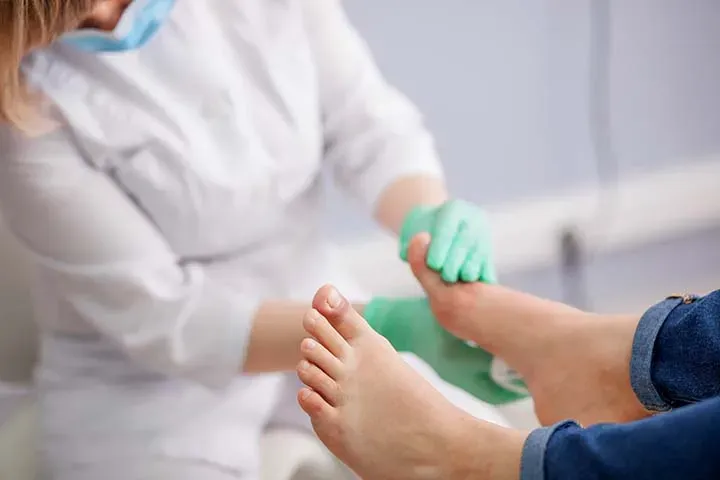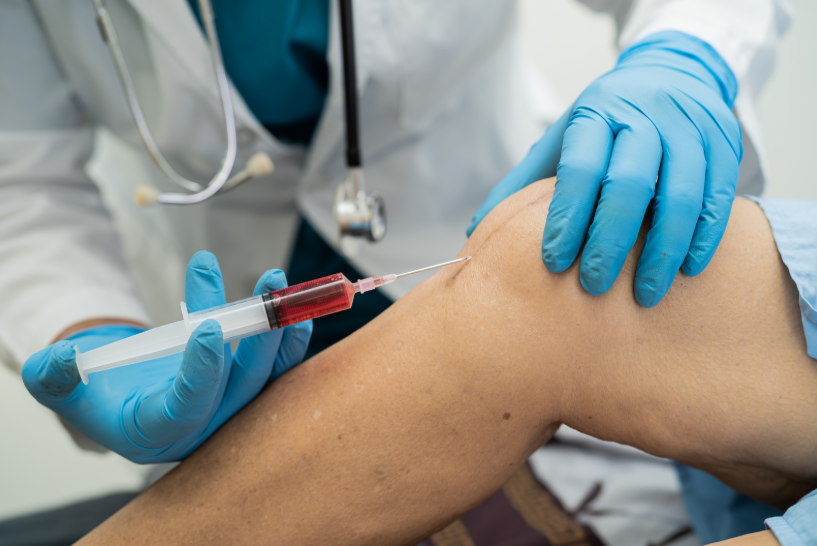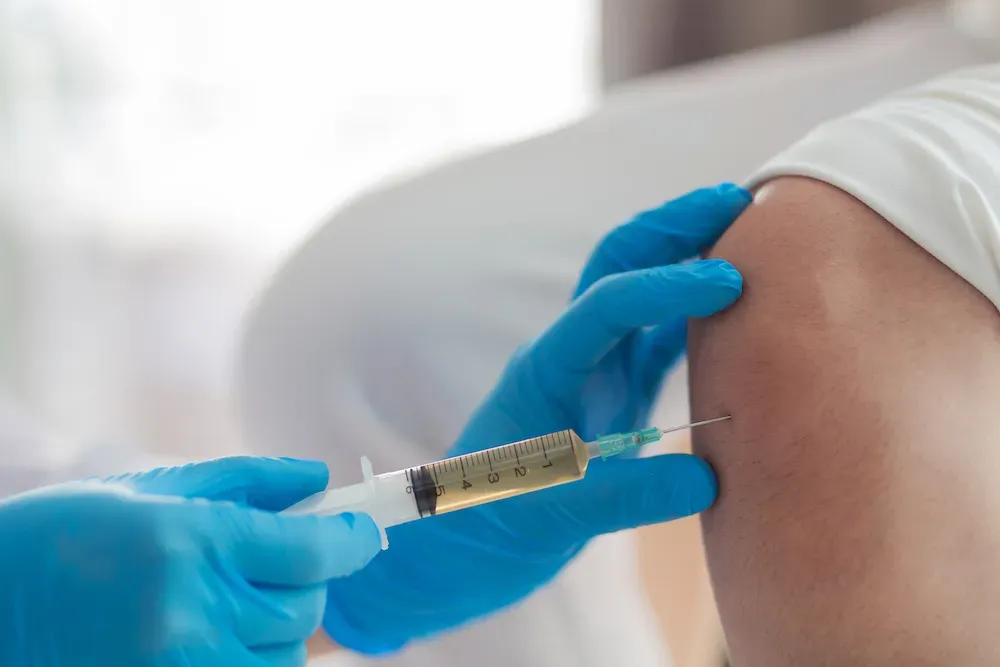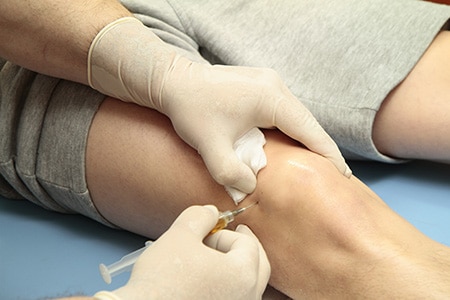Understanding Wound Infections
Wound infections occur when harmful microorganisms, typically bacteria, invade broken skin and interfere with the body’s natural healing process. These infections are more than just surface irritants—they can delay recovery, cause tissue damage, and in severe cases, lead to systemic complications. Common risk factors include poor hygiene, inadequate wound care, chronic health conditions like diabetes, and suppressed immune systems. Cuts, abrasions, surgical wounds, burns, and pressure ulcers are particularly susceptible. Recognizing early signs such as redness, swelling, increased pain, warmth, pus, and an unpleasant odor is crucial. When left unmanaged, infections can escalate and increase the likelihood of further medical complications. Early identification allows for timely intervention and better recovery outcomes.
Immediate Steps to Reduce the Risk of Infection
Taking immediate steps after a wound occurs can significantly minimize infection risks. Cleaning the wound thoroughly with clean water or saline solution is essential. This process removes dirt, debris, and bacteria that may cause complications. Antiseptic solutions such as povidone-iodine or hydrogen peroxide may be used in some cases but should be applied cautiously, as they can also damage healthy tissue if overused. Applying sterile dressings protects the wound from environmental contaminants and bacteria. The type of dressing—gauze, hydrocolloid, foam, or antimicrobial—should match the wound’s characteristics. Frequent dressing changes, guided by wound drainage and condition, are also critical. Each time dressings are changed, caregivers must avoid cross-contamination by using sterile tools and washing hands. Consistent and thorough wound care can drastically reduce the likelihood of infection.
Role of Proper Hygiene in Infection Control
Proper hygiene is the cornerstone of wound infection control and management. Every person involved in wound care, including patients, family members, and healthcare providers, must adhere to handwashing protocols before and after contact. Washing hands with soap and water or using an alcohol-based hand sanitizer limits bacterial transfer. Wearing sterile gloves and using clean equipment for every dressing change further lowers the risk of contamination. Even small oversights, like reusing gauze or touching the inside of a dressing, can introduce bacteria. Maintaining a clean care environment—whether at home or in a clinic—helps limit exposure to airborne and surface-based contaminants. It’s also vital to manage the surrounding skin, as bacteria can easily migrate from neighboring areas into the wound. Practicing consistent hygiene habits significantly enhances wound healing potential.
Effective Wound Management Techniques
Proper wound management goes beyond cleaning and dressing—it involves careful monitoring and technique selection. One key debate in wound care is whether wounds should be kept moist or dry. Studies increasingly support the idea that a moist environment encourages faster healing by promoting cell growth and preventing scab formation. Another critical practice is debridement—the removal of dead or infected tissue from the wound bed. Methods include surgical, mechanical, enzymatic, or autolytic debridement, each suited to different wound types and patient conditions. The wound’s size, depth, and location also influence care strategies. For instance, wounds on bony prominences or in areas of high movement require special attention to prevent reopening. Regular assessment and documentation of wound progression help detect subtle changes that may indicate infection. These steps ensure a proactive, informed approach to wound care.
Antimicrobial Interventions and Their Use
Antimicrobial products are an essential part of wound infection control and management. Topical antibiotics like mupirocin or bacitracin may be used on minor wounds but should be applied only when necessary to avoid resistance. For moderate to severe infections, systemic antibiotics may be prescribed based on wound cultures and severity. However, inappropriate or overuse can contribute to antibiotic-resistant strains. Newer options, such as antimicrobial dressings infused with silver, iodine, or honey, offer sustained antibacterial effects without the risks associated with systemic antibiotics. These dressings can reduce the microbial load while maintaining a favorable healing environment. Healthcare professionals must determine the appropriate level of antimicrobial use based on clinical evaluation. Infections should be monitored closely to ensure the chosen treatment is effective and does not lead to further complications.
Nutrition and Immune Support for Faster Healing
A body’s internal health plays a significant role in external wound recovery. Adequate nutrition fuels the repair process and strengthens immune defenses. Nutrients such as Vitamin C, Vitamin A, Zinc, and Protein are directly involved in tissue regeneration, collagen production, and inflammation control. Patients with poor nutritional intake often experience delayed wound healing and increased risk of infection. Hydration is also key, as it helps maintain healthy skin and transport nutrients to healing tissues. In some cases, supplements may be recommended to meet specific dietary needs, especially for elderly patients or those with chronic illnesses. Encouraging balanced meals rich in fruits, vegetables, lean proteins, and whole grains helps support long-term recovery. Optimizing internal health provides the foundation for effective wound management and infection resistance.
Special Considerations for Chronic Wounds
Chronic wounds—those that do not follow a typical healing trajectory—pose distinct challenges in infection control and management. Conditions like diabetes, venous insufficiency, and prolonged pressure impair circulation, reducing the body’s ability to fight infection. Diabetic foot ulcers and pressure sores are particularly vulnerable due to poor tissue perfusion and neuropathy. Management of these wounds often involves multidisciplinary care, including wound specialists, endocrinologists, and physical therapists. Advanced treatments such as negative pressure wound therapy (NPWT), which uses suction to draw out fluid and stimulate blood flow, have shown success in difficult cases. Hyperbaric oxygen therapy is another option, particularly when standard treatments fail. Chronic wounds demand patience, consistency, and a comprehensive strategy tailored to the individual’s needs. Without such attention, these wounds can worsen and lead to serious complications, including amputation or systemic infection.
Red Flags and When to Seek Medical Help
Certain warning signs should never be ignored when caring for a wound. If a wound becomes increasingly painful, red, or swollen—or if pus and a foul odor develop—it could indicate bacterial infection. Systemic symptoms like fever, chills, and fatigue may suggest that the infection is spreading. Conditions such as cellulitis or sepsis are medical emergencies that require immediate attention. Delayed healing beyond expected timelines is another concern, especially in diabetic or elderly patients. When wounds show no improvement despite proper care, a healthcare provider should evaluate whether a change in treatment or additional diagnostics is necessary. Timely intervention is critical to prevent complications that could lead to long-term disability or hospitalization. Knowing when to escalate care is essential for anyone involved in wound care.
Preventive Measures and Long-Term Strategies
Long-term wound infection control involves more than responding to infections—it means taking proactive steps to avoid them. For individuals with recurrent wounds or chronic health conditions, daily skincare and hygiene are vital. Moisturizing the skin, inspecting for signs of irritation, and using protective clothing can prevent skin breakdown. For high-risk populations—such as the elderly or individuals with diabetes—educational efforts are crucial. Teaching proper foot care, blood sugar control, and wound care techniques empowers patients to avoid problems before they begin. Routine check-ups with healthcare providers allow for early detection of skin issues and timely intervention. Compliance with treatment plans and medication also plays a large role in maintaining health. By integrating these habits into daily routines, individuals can significantly reduce their risk of future infections.
Frequently Asked Questions (FAQ)
Q1: How can I tell if a wound infection is spreading?
A spreading infection often presents with increasing redness, warmth, swelling, and pain that extends beyond the wound’s edges. Additional signs may include fever, swollen lymph nodes, or red streaks moving toward the heart. If these symptoms occur, seek medical help immediately.
Q2: Are natural remedies effective for infection control?
Some natural products, like medical-grade honey or aloe vera, have shown antimicrobial and healing properties. However, these should only be used with medical supervision and never as a substitute for professional wound care, especially for serious wounds.
Q3: What are the best over-the-counter products for minor wound care?
Antiseptics such as iodine, hydrogen peroxide (used with care), and antibiotic ointments like Neosporin can be useful for small wounds. Clean bandages and non-stick gauze are also good to have in a first aid kit.
Q4: Can I treat infected wounds at home without antibiotics?
Mild infections may sometimes be managed at home with proper cleaning, dressing changes, and antiseptic use. However, if symptoms worsen or persist beyond 48 hours, consult a healthcare provider to determine if antibiotics are needed.
Q5: How often should I change a dressing on an infected wound?
Dressings should typically be changed once daily or when saturated. However, infected wounds may require more frequent changes, depending on drainage and odor. Follow the advice of a wound care specialist for specific guidelines.






